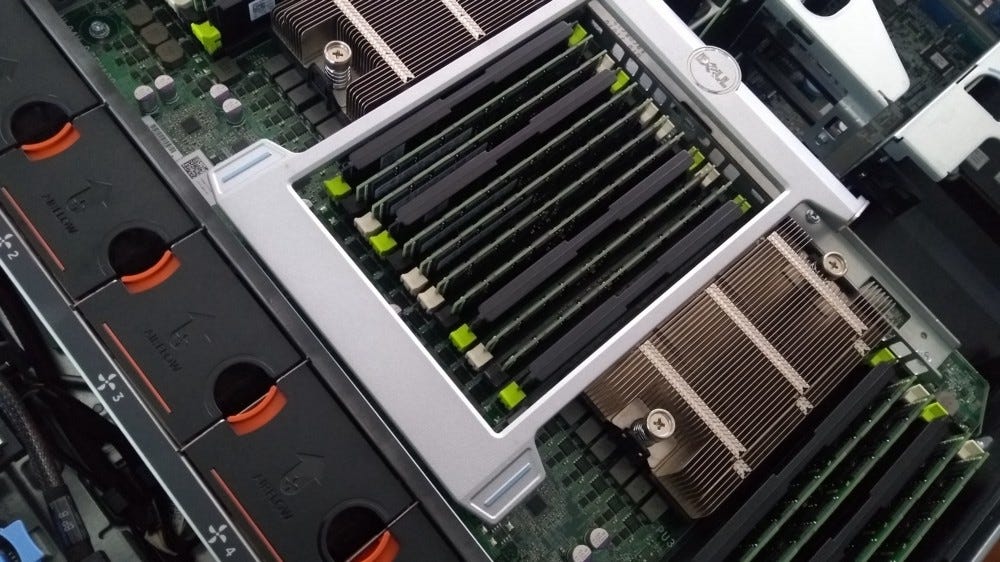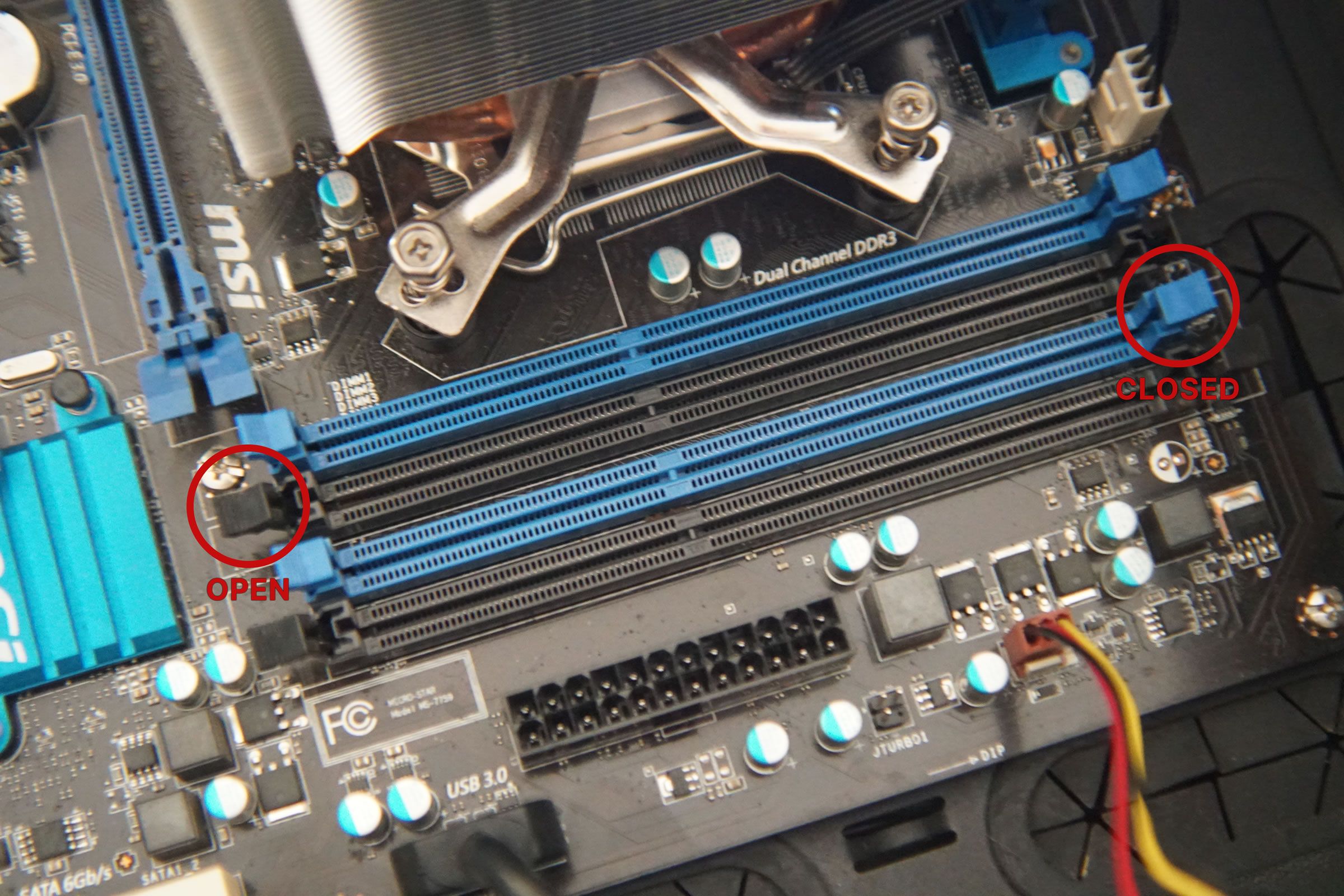
I remember times when you just had to stick modules in, but those are gone.Ĭurrently most of motherboards/processor combos support at least two memory channels. Manufacturers always provide (in manual and online) information on what memory motherboard supports and larger brands even offer lists of practically tested modules for each motherboard. If adding memory it is also good idea that new modules match old ones in parameters and brand.

So you need memory that matches motherboard in type and (best case) speed. Fast memory will slow down to match motherboard if needed. Slow memory will work at its speed even if motherboard can go faster. Memory of different speeds will in general work with any motherboard of required type. Motherboards might only support slower speed than memory can come with. Speed of memory is faster for newer types, but also differs in margins of every type. Motherboards usually have slots for one specific kind of memory, some rare models can support memory of two types (but not at the same time). Memory of different types is not compatible mechanically or electronically. There are two main factors in memory: type and speed.īy type most of it is one of DDR, DDR2 or DDR3 (unless you are looking at really old computer).

When installing memory it’s not important what to do, but more important to do it right Choose memory Over years with baggage of hardware generations and new technologies it can get tricky. Adding additional RAM memory to computer had been always one of the easiest and efficient upgrades.


 0 kommentar(er)
0 kommentar(er)
